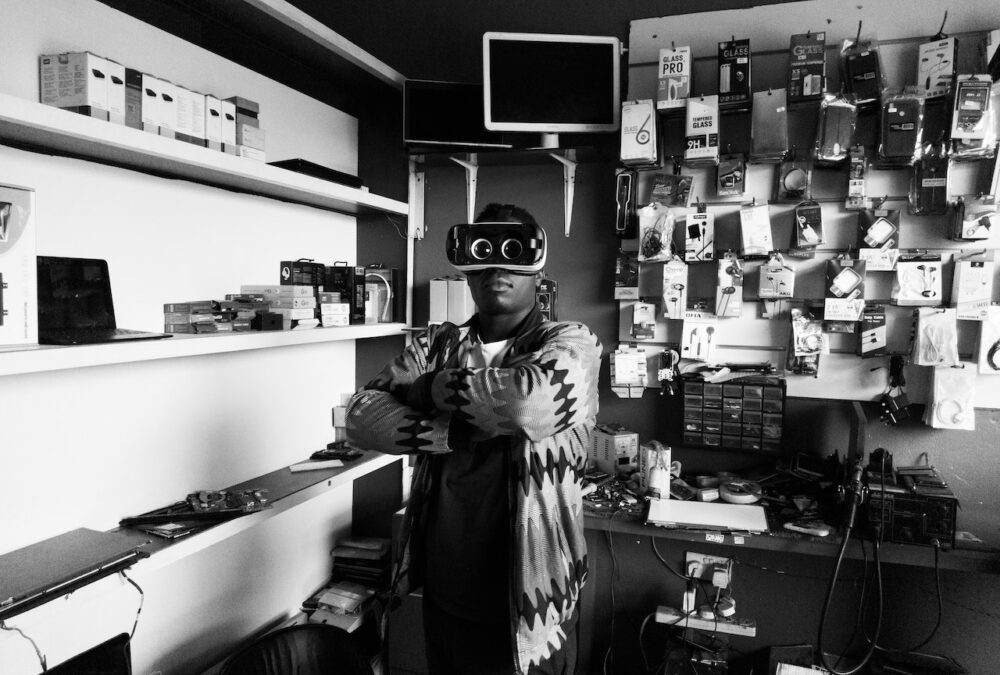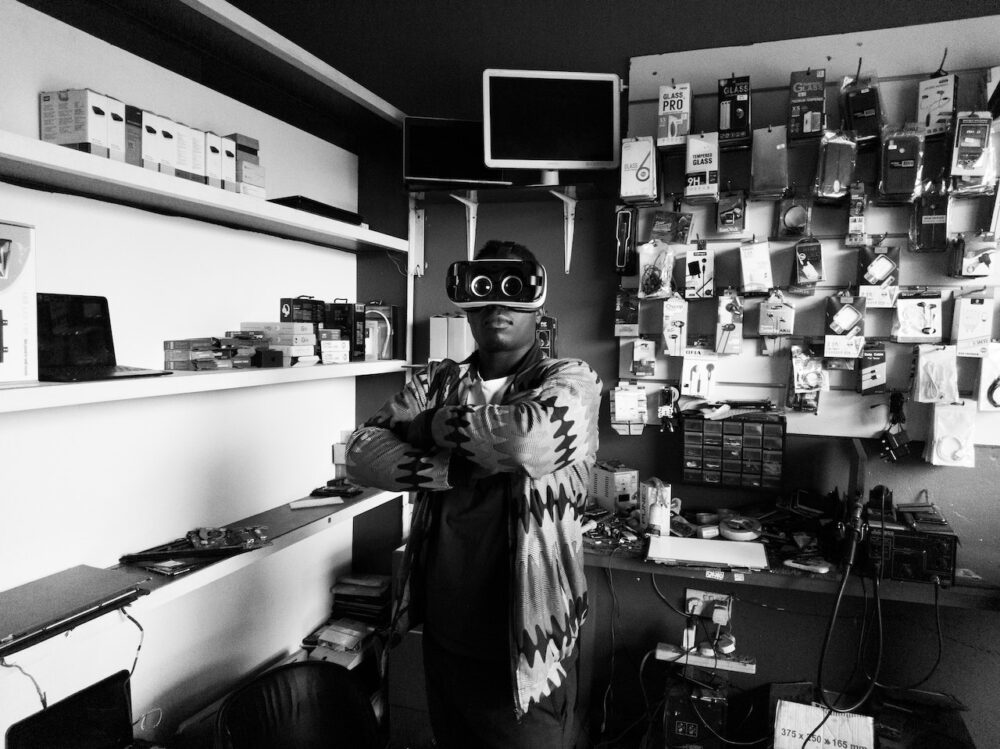
Eight Ways to Adopt Radical Innovation
Eight Ways to Adopt Radical Innovation
As each of us make progress in our careers and lives we learn all kinds of ways to doing things. We learn to apply best practices and processes that often serve to help us avoid risks and do things right.
At the heart of true innovation, however, is the need to continually birth new ideas, and new ways of doing things. That’s accomplished by having a practice of self-reflection and challenging the status quo on an ongoing basis.
Is it enough to adopt best practices in your everyday business processes? Do they always work? What about innovation, how does it get applied if the focus is on best practices? What’s the difference between doing things right and doing things great? Don’t you have to do things right to accomplish great things?
“Doing things right is all about following a process, and procedures that have been well established. Doing things great is what turns ordinary companies into innovative leaders, who shape markets, and sometimes create completely new market opportunities.”
At some point every company that wishes to continue to stand out in the market must ask this simple question: How do I avoid being another dime a dozen company? That question is usually followed by more questions:
How do I shape and own a segment of the market? How do I create new market opportunities? Who do I want participating along with me in those new markets, and why? What kind of culture do I want to create and sustain and why?
Radical Innovation
Innovation is born out of the willingness to discard old ways of thinking and doing things and exploring entirely new ways of seeing and exploring reality.
Innovative leaders use creative problem solving to achieve the new vision of the future. Radical innovation requires creativity, courage, and the ability to synthesize information in novel, bold and unusual ways.
Innovative companies tend to have customers, and employees who appreciate the values the company is putting forward in the market, and the world. They are focused on building communities of like-minded people.
Radically innovative companies are groups of individuals who dare to not only challenge the status quo but are willing to write the new pages of history.
They question everything. They are passionate. They are emotionally charged. They have courage. They are fearless, and they speak their minds. They tap into a stream of consciousness that focus on universal values.
How do you shift your way of thinking to become a radical innovator? Here are eight simple ways that can contribute to shifting your mindset from just doing things right, to doing things great.
Focus on Details
If you are a skimmer you cannot tap into the energy of a market maker because you won’t be able to catch the gaps in thinking others have made. There are incredible opportunities waiting to be discovered in the gaps of the market that have yet to be fulfilled.
Pay attention to the finer details, question the approach to everything — from a place of truly caring about the collective of all involved. Your consciousness must be focused on creating universal values. It’s not about you.
Challenge your peers, your boss, and your company to become better. Not just better for you, but better for the sake of being a great company, a great team of people focused on accomplishing the goal of creating universal values.
If this kind of thinking isn’t welcomed where you are, you might just have to move on to a company that really values innovation or start your own.
Have Certainty
If you are the kind of person who finds faults by nature in others, you might be operating from the framework of being focused on doing things right instead of opening yourself to finding ways to do things great.
“When you stop fault finding you discover a self-power that gives you certainty in all you do.”
Certainty makes you turn the impossible into I am possible. It’s natural to find faults, to complain, to find every reason why something is broken; sadly, it comes from an animalistic consciousness based on survival that assumes you don’t need to take responsibility for anything, if you find fault in something, or someone.”
You want to be sure of where you are heading? Stop blaming things outside of yourself for what is happening around you. Be in control of your fate.
“Be the cause of change, not part of the reason for why change is needed.”
Lead from the Heart
The best innovative leaders first learn how to follow. As a leader you will always be a follower because you will follow a set of principles, beliefs, or a vision.
You can’t lead if you don’t know how to follow. The best followers also make the best leaders worth following.
“If you want to become an innovative leader, a market maker, first practice being a really good follower.”
Expect Greatness
It’s one thing expecting greatness from others because you have the power to, if you are “the boss”, it’s another because you care about the individual’s well-being and growth.
If you don’t care about people’s success deeply, you can’t expect them to care about yours. This also applies with clients.
Helping clients win is a calling, not a job. If you have difficulty caring about anyone but yourself, get some therapy or better yet volunteer.
Volunteering helps you develop the “care about others” muscle and expands your capacity for compassion and understanding, the reward is also increased emotional intelligence.
Make People’s Lives Easier
Make your employee’s life easier, your client’s life easier. If you put people in a place where you got a good deal out of it, but they did not, you can’t become great that way. Being great isn’t about being self-serving, and it isn’t about self-sacrifice either.
Forget operating from a win-win perspective, it’s limiting. You want to operate from a giving state of being, a sharing for the sake of the betterment of humanity’s perspective. It’s bigger than winning, it’s about fulfillment, both yours and that of those receiving from you.
“When others gain value from you, you receive positive energy from the experience that can be applied to accomplishing great things.”
Serve Others
Serving others is simple when all you can think of is how to be a giving leader, however it also means knowing when to let people fall, pushing them along to discover things about themselves they need to see to grow.
Have the courage to call people out when they are being either robotic about following procedures, or they are simply not paying attention to details.
When it comes to clients, this also means at times being able to walk away from those who are not well engaged with you. Every relationship must be cyclical and serve the needs of both parties.
Make Time for Yourself
Stop and smell the roses, the coffee, or whatever works for you. Make time to sit still. Turn off your phone, pc/mac, and think, meditate, and journey within your thoughts and ideas.
Find something that brings you joy, and do it often to recharge your batteries, and to maintain perspective on life.
Your ability to do things great is tied to being in your greatest most optimal frame of mind. Take time for you to do something that is fun for no reason at all, other than your own well-being.
Be Present and Authentic
Be authentic, honest, and caring for others success. Certainty is not a mental exercise — its connected to the heart and it only works when you are present and in a state of authenticity.
How does one become present?
There are books upon books that discuss this — I will share my own experience with you of what has worked for me.
Give back, go do something for a charity where you have nothing at all to gain from it. You’ll discover how that can contribute to developing certainty if you have not done so already. When you are focused on others, you receive energy that empowers you to tap into a stream of consciousness full of ideas, even dare I say magic.
Some things you can’t learn reading about them, some things you must experience. I’ve learned that when I am of service, I am most present. I wish for you to discover what works for you if you have not done so already.
We are All Unique
When you are present you can hear, feel, and see what’s happening around you and you can begin to sense what’s needed to differentiate yourself in the market, but more importantly you’ll see the gaps to provide universal values.
This does not take away the need for market knowledge, analytics, and the standard block and tackle of having a compelling strategy, however being present allows you to quickly swift through the noise and uncover the gems that can make your company great.
Always ask yourself if there is a better way that can leapfrog your company forward vs. just move you along. This isn’t an exercise done annually or quarterly, this is a state of consciousness you want everyone to embody every day.
Dime a dozen companies are always playing catch up with competitors. Market leaders set new standards others emulate.
“Market leaders focus on doing things great and aren’t afraid to be disruptive.”
The key to radical innovation thinking is that you must believe there is a way to leapfrog the competition, the way you serve clients, and the way you go about managing your market. It’s not about discovering it, its’ about stepping into it. That’s the mindset of an innovator.
Finally, if I leave you with nothing else today, it’s this one idea that will serve you for many years to come.
“You will always tap into certainty when your actions are tied to authentically wanting to improve people’s lives.”
Break a process, test if there is a better way, get creative in how you go about solving problems and finding solutions, and get comfortable with being uncomfortable.
“Nothing truly exciting happens in life, until you go beyond your level of comfort. Want to do great things? Embrace living in the grey where the magic happens.”
Does this mean get rid of the black and white processes necessary for order? No. It’s about striking a balance between getting comfortable with the status quo that works, and proactively stepping outside of it to continually evolve and thrive.











Recent Comments